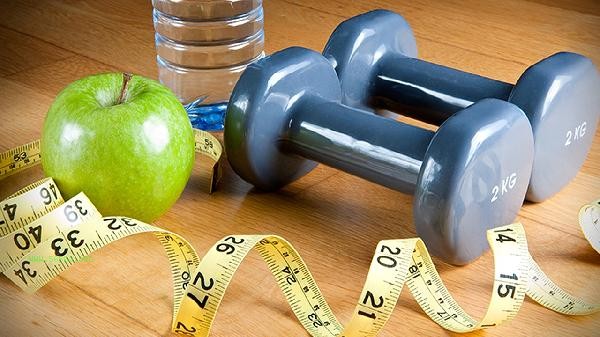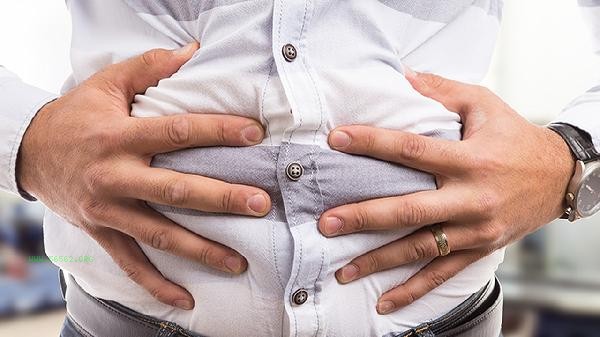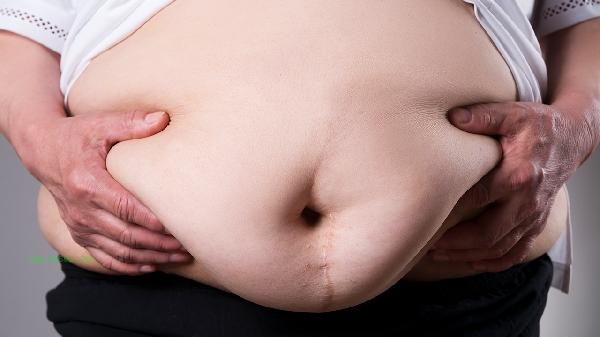Moderate consumption of low sugar and high fiber fruits such as apples, grapefruits, blueberries, strawberries, kiwis, etc. after exercise can help with weight loss. These fruits are low in calories and rich in dietary fiber and antioxidants, which can help replenish energy expended during exercise without increasing excessive calorie intake.

1. Apples
Apples are typical low calorie, high fiber fruits, with each medium-sized apple containing approximately 4 grams of dietary fiber. The pectin in apples can slow down gastric emptying and increase satiety. Eating apples after exercise can not only replenish water and electrolytes, but also not affect the weight loss effect due to excessive sugar intake. Apple peels contain a large amount of antioxidants. It is recommended to wash them thoroughly and consume them with the skin attached.
2. Grapefruit
Grapefruit has a lower sugar content among citrus fruits, with half a grapefruit containing only about 50 calories. Pomelo is rich in vitamin C and naringin, which may help promote fat metabolism. Research has found that grapefruit may have a regulatory effect on insulin levels, but people with excessive stomach acid should avoid consuming it on an empty stomach.
3. Blueberries
Blueberries are one of the fruits with the strongest antioxidant capacity, containing only 57 calories per 100 grams. The anthocyanins in blueberries can help alleviate oxidative stress after exercise, and their low glycemic index properties prevent them from causing drastic fluctuations in blood sugar levels. The nutritional value of frozen blueberries is comparable to that of fresh blueberries, making them suitable as a portable snack after exercise.

4. Strawberries
Strawberries have a moisture content of over 90%, with only 32 calories per 100 grams. Strawberries are rich in vitamin C and manganese, which can help with muscle recovery after exercise. Tannic acid in strawberries may help inhibit the formation of adipocytes, but individuals with renal insufficiency need to control their intake to prevent calcium oxalate deposition.
5. Kiwi
Kiwi has three times the vitamin C content of oranges and contains unique kiwi protease, which can help digest and absorb protein. A medium kiwifruit contains approximately 42 calories and 2.5 grams of dietary fiber. Eating kiwifruit after exercise can supplement electrolytes and digestive enzymes at the same time, but patients with oral ulcers should consume it with caution.

When choosing fruits after exercise, attention should be paid to controlling the total amount, and it is recommended to consume no more than 200 grams per time. The best time to consume is within 30-60 minutes after exercise, when muscles have the highest absorption efficiency of nutrients. Avoid juicing and drinking fruits, as the dietary fiber of whole fruits is more helpful in controlling appetite. In addition to fruits, it is recommended to supplement high-quality protein and water in moderation after exercise. It is recommended to pair with sugar free yogurt or a small amount of nuts for consumption. Long term adherence to exercise combined with a scientific diet can achieve the desired weight loss effect, and dietary choices after a single exercise can only serve as an auxiliary role. People with special constitutions or chronic diseases should adjust the type and quantity of fruit intake according to the advice of doctors or nutritionists.






Comments (0)
Leave a Comment
No comments yet
Be the first to share your thoughts!